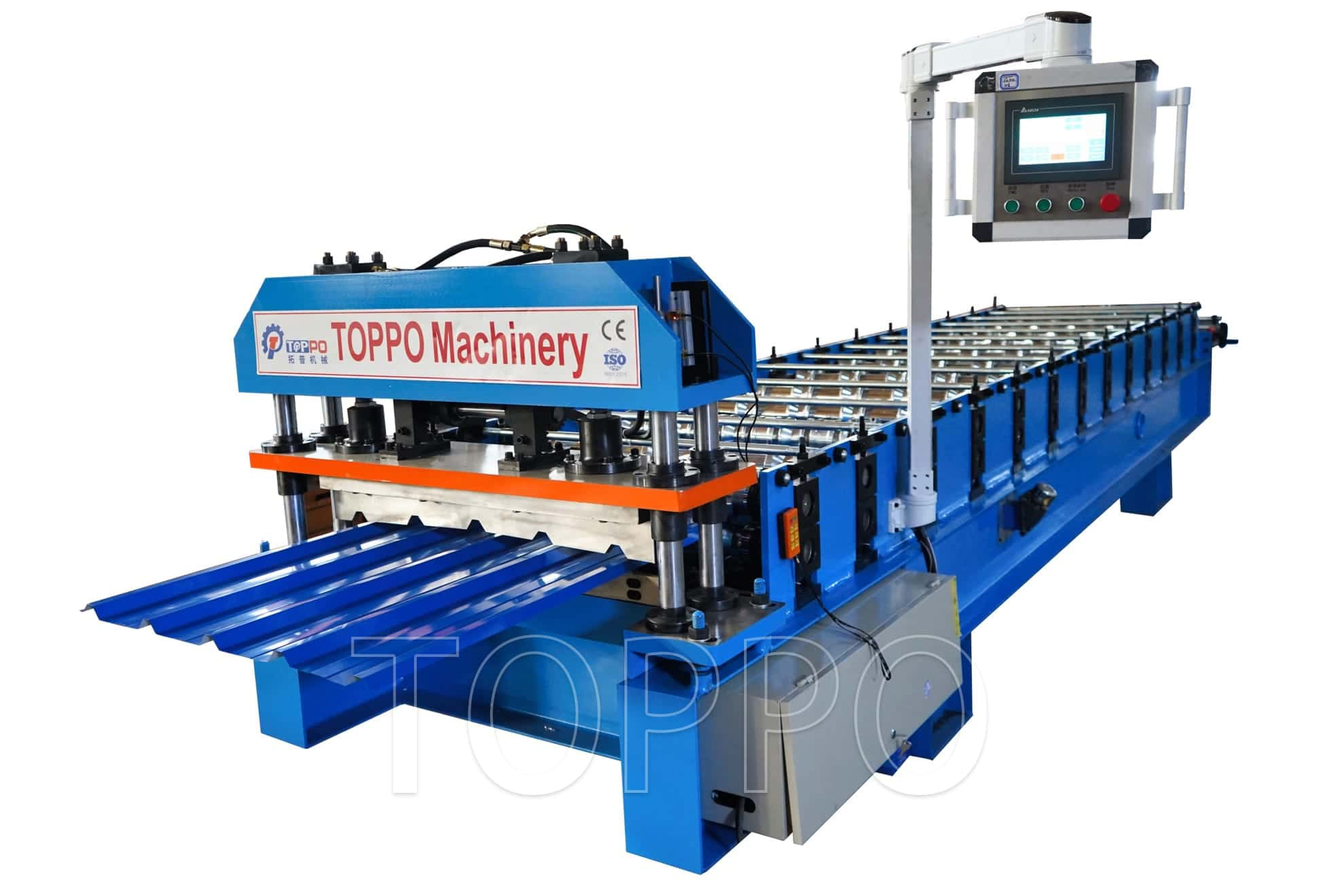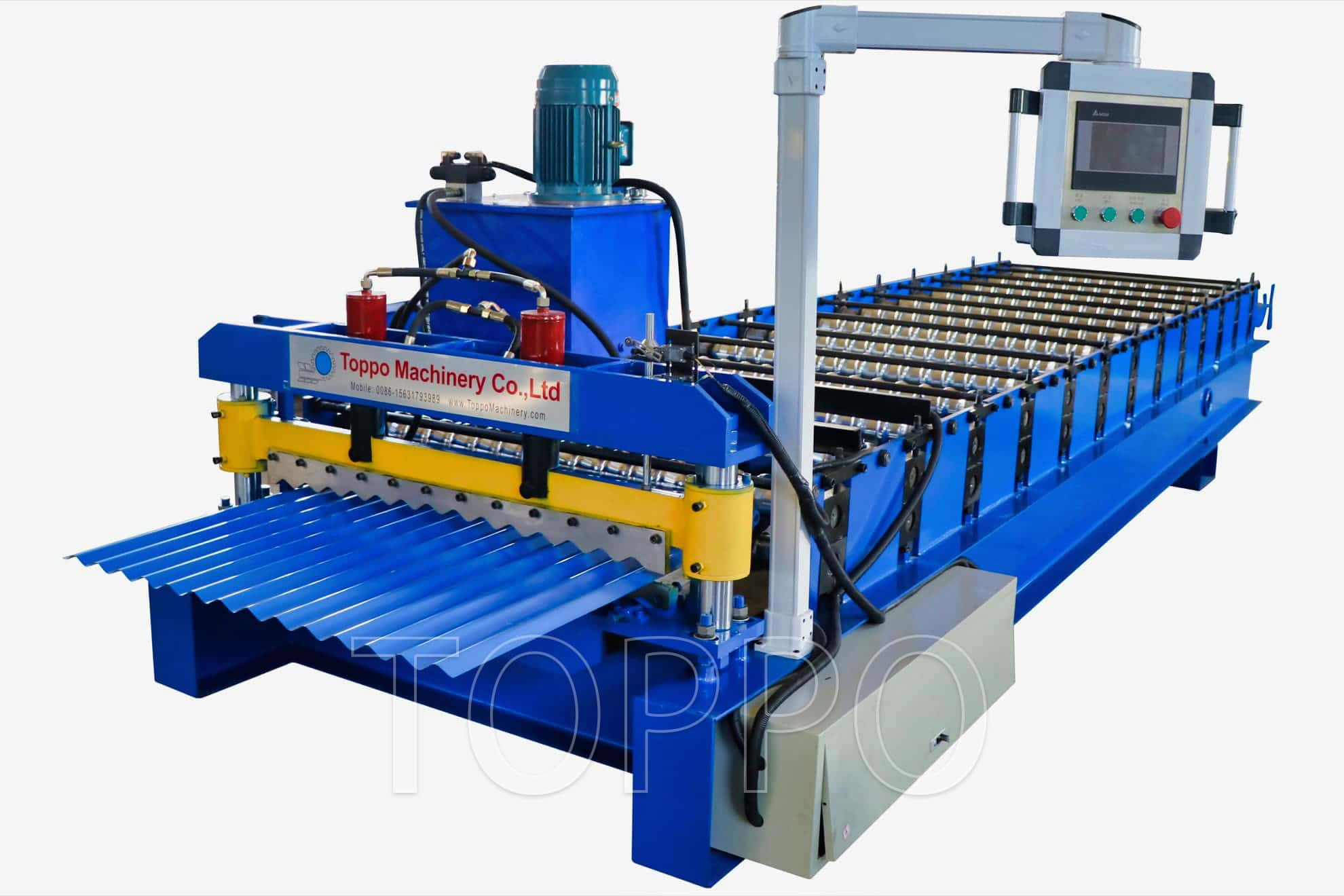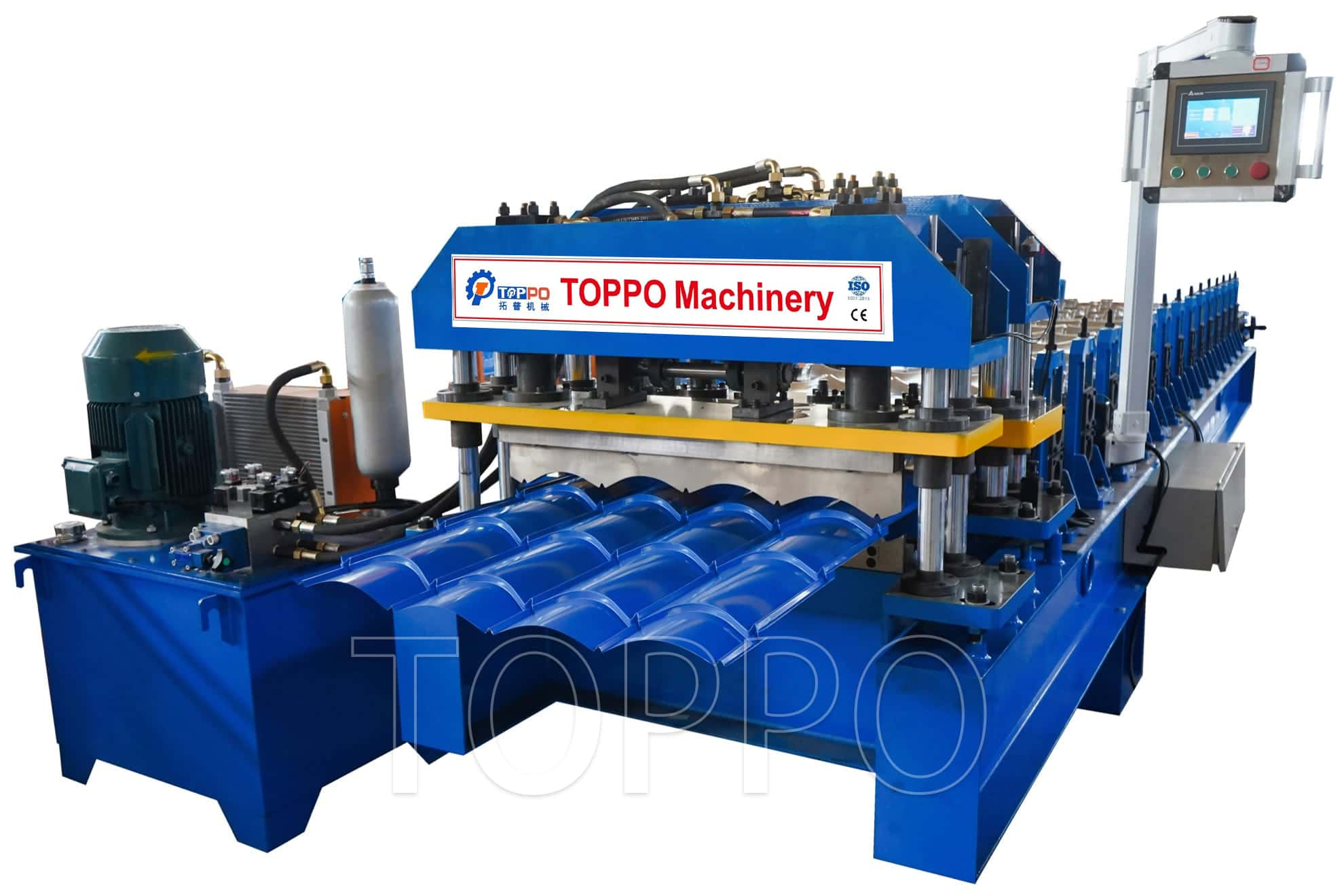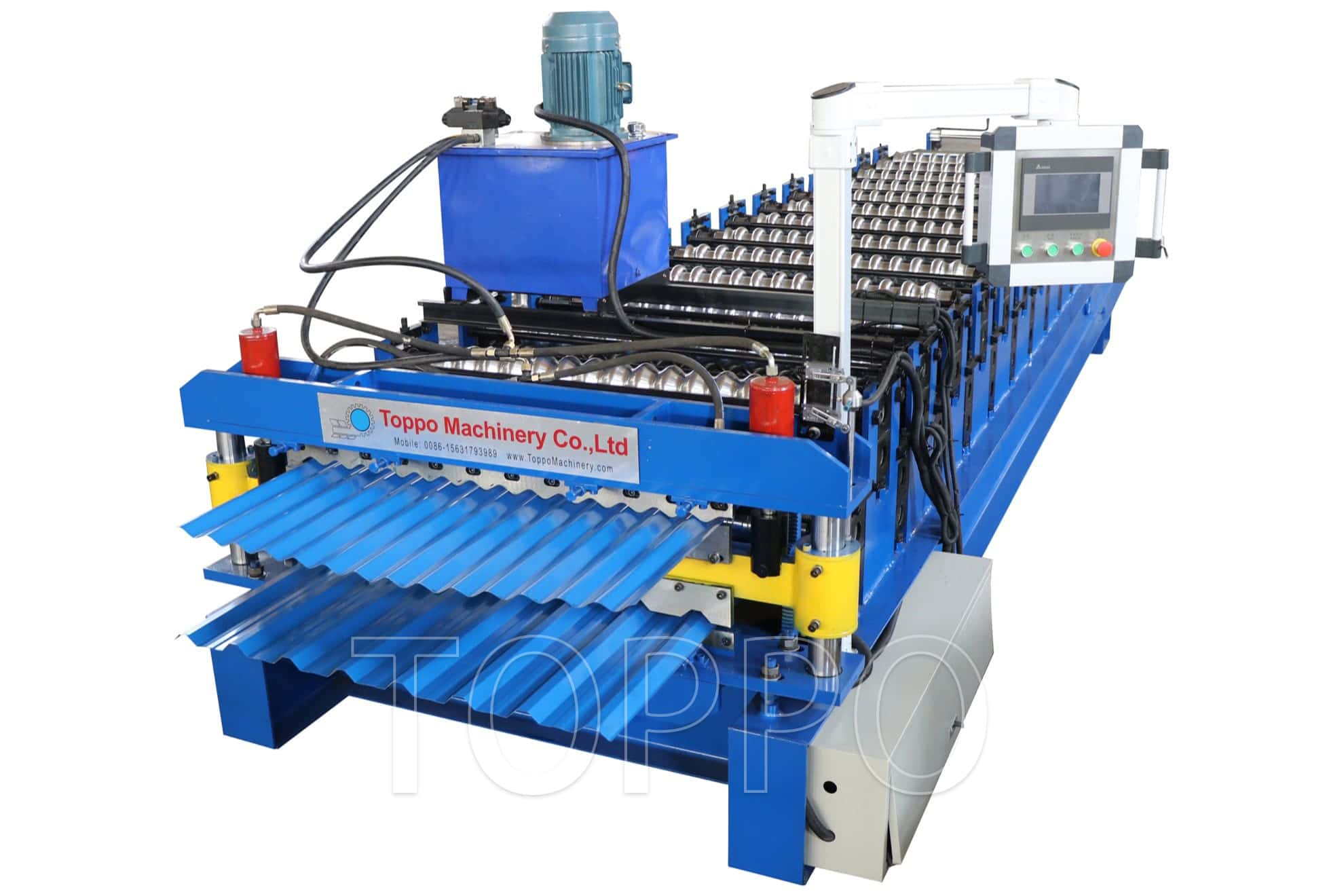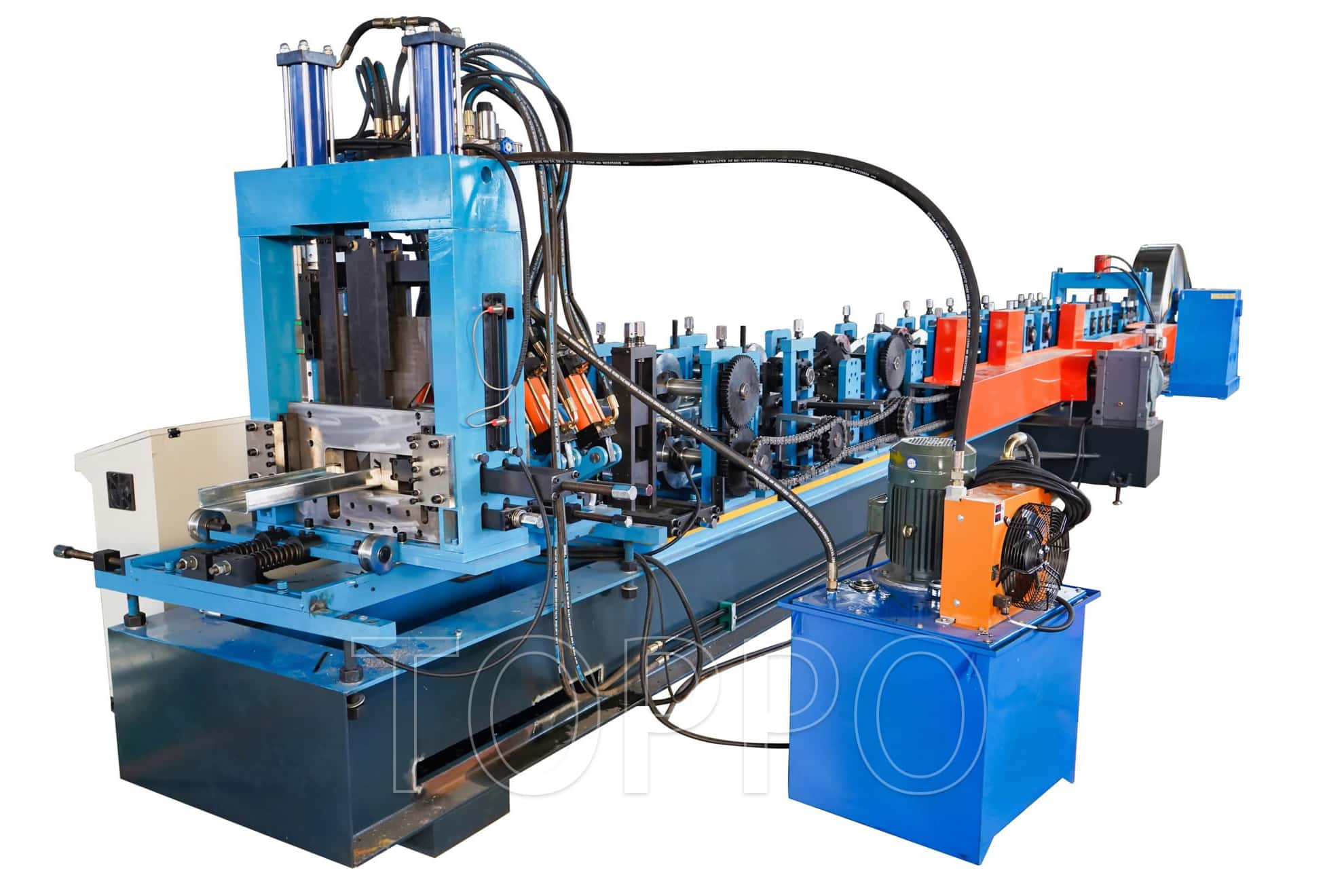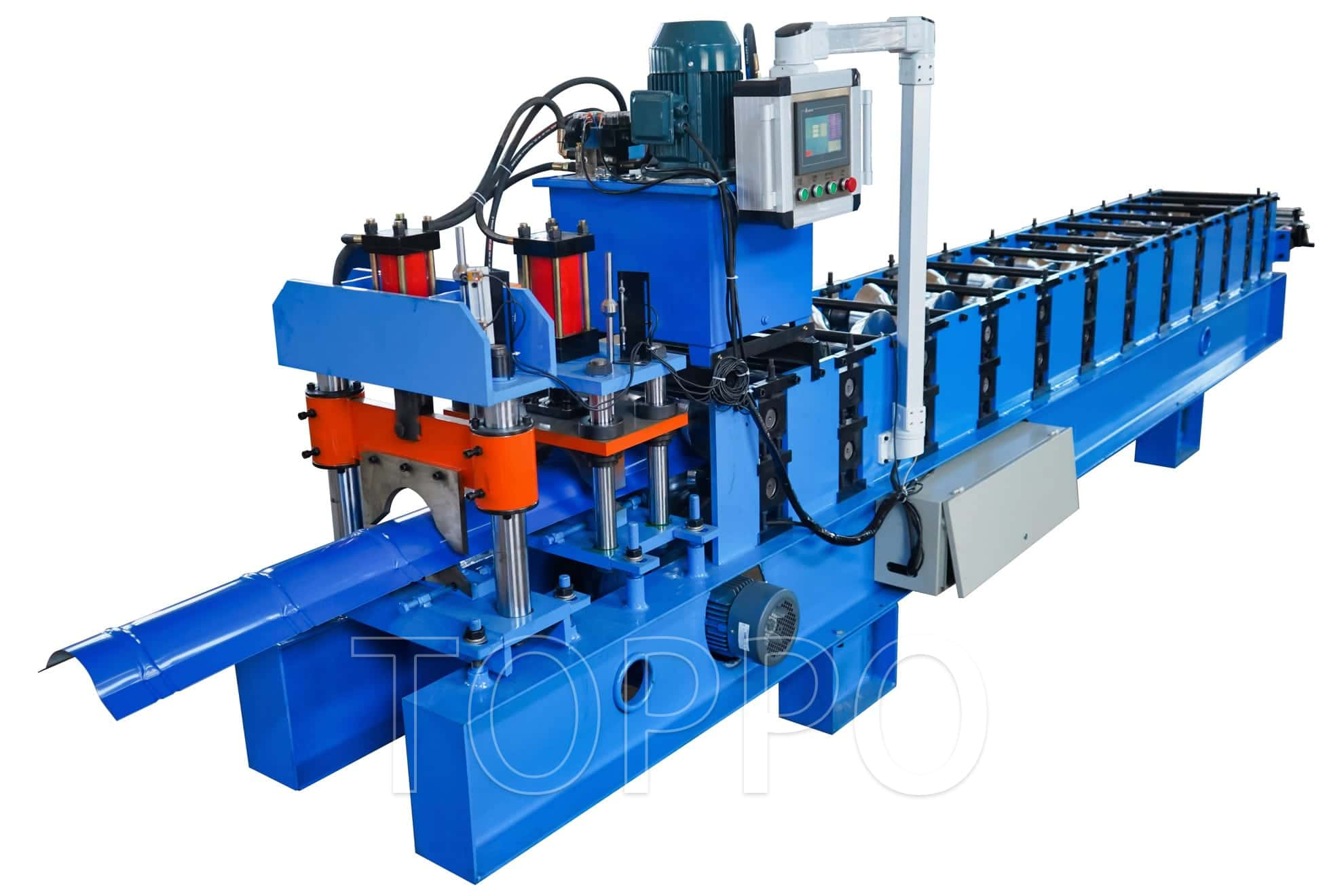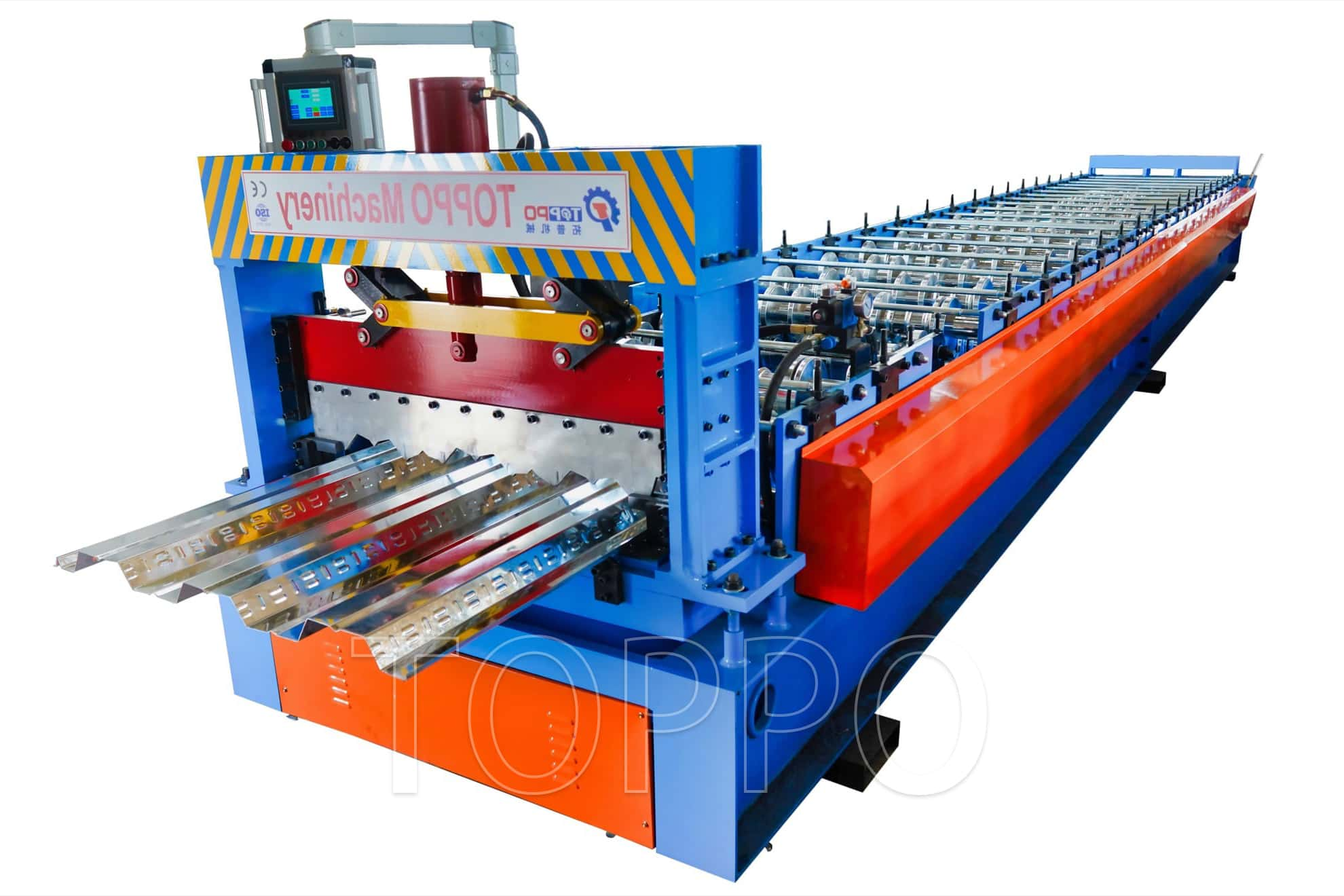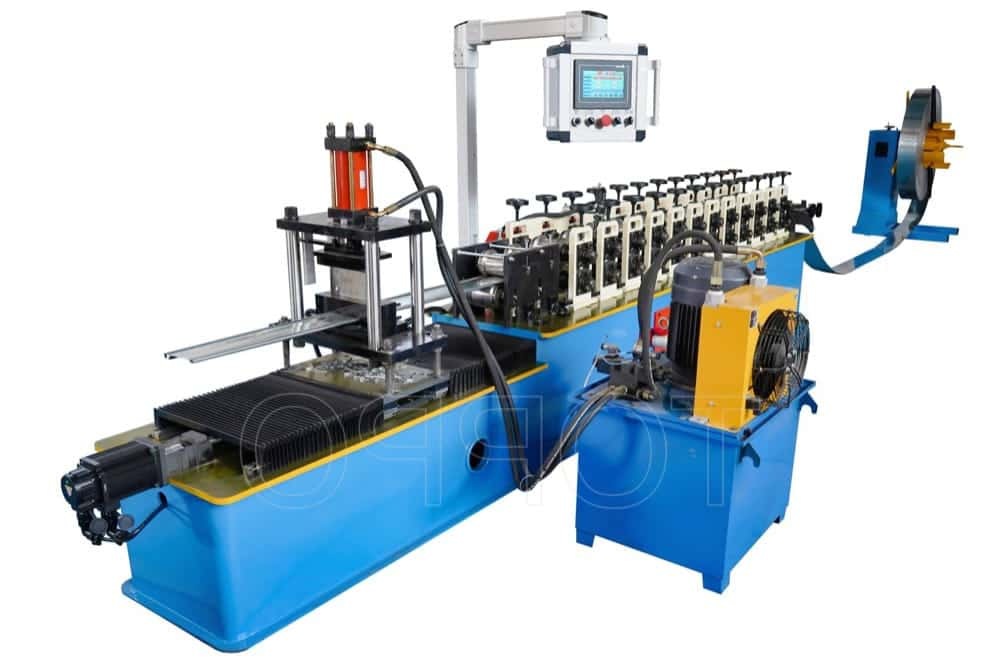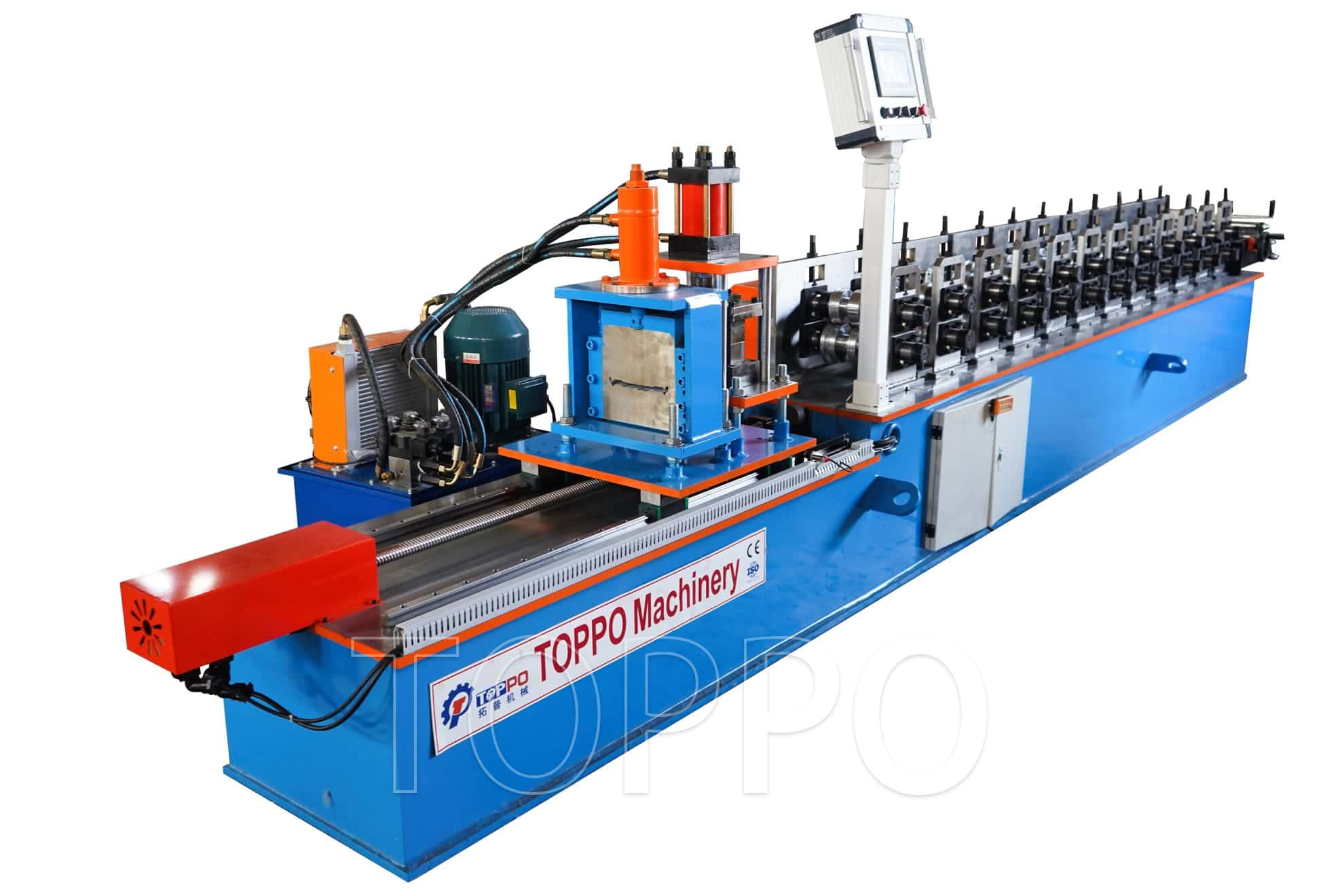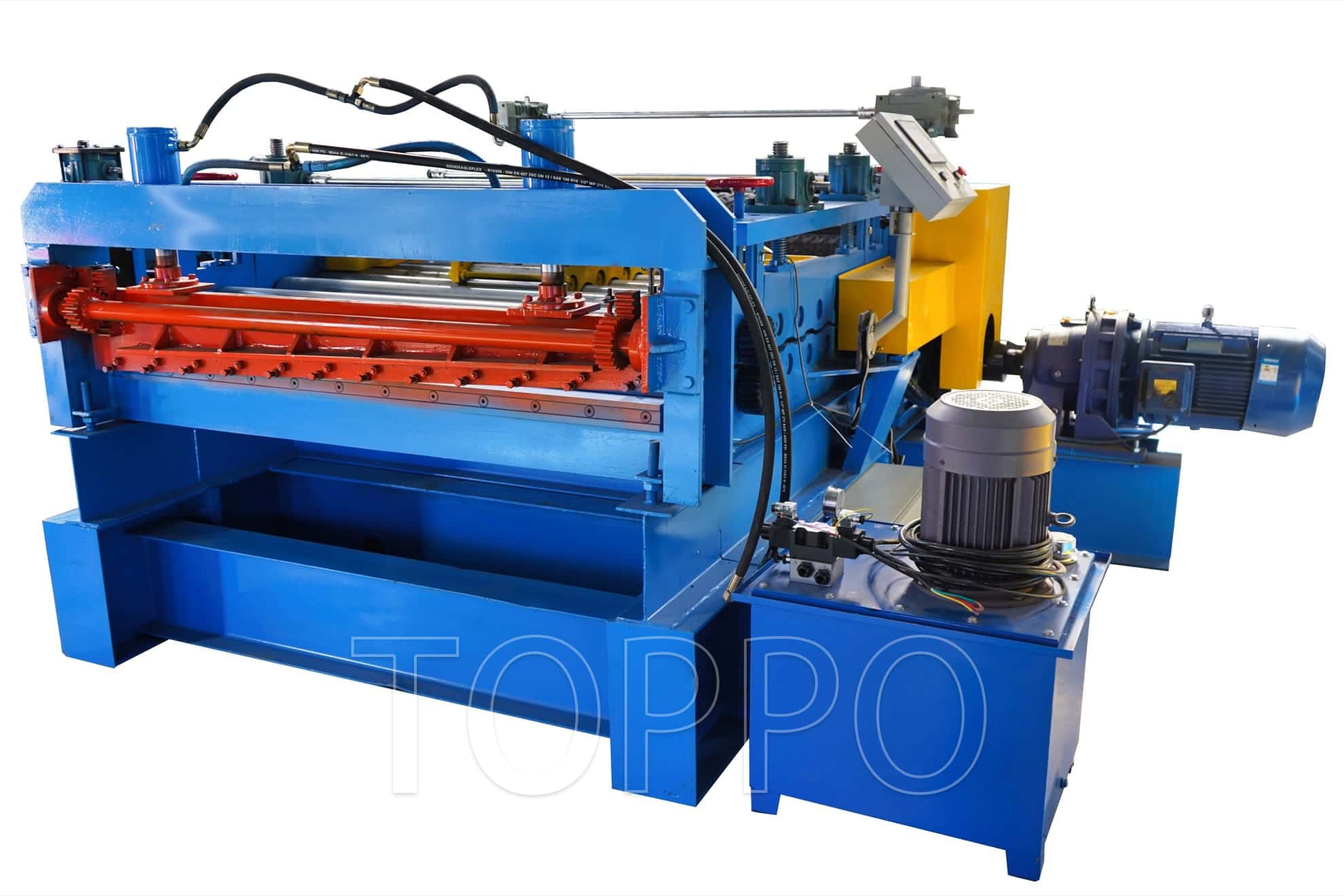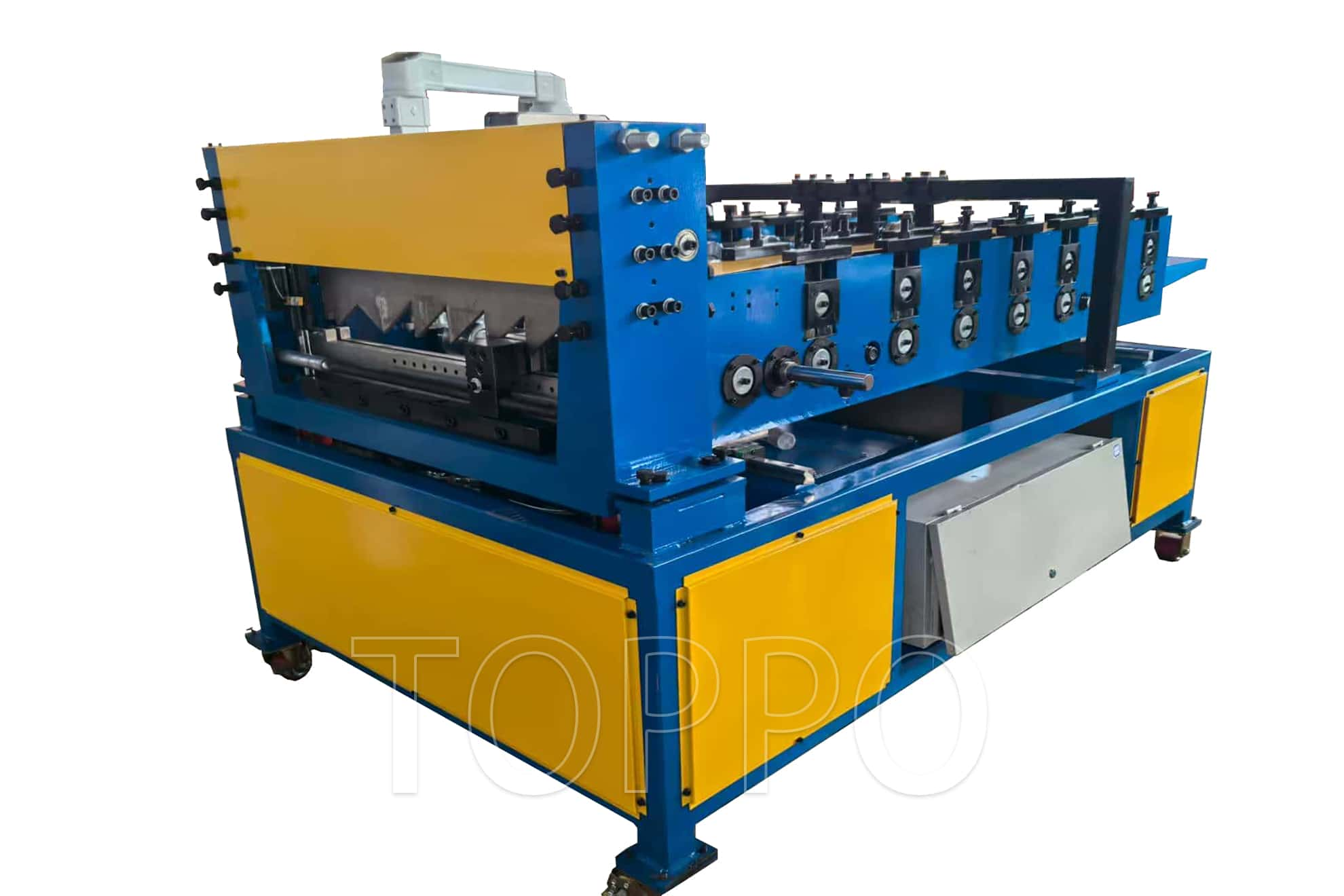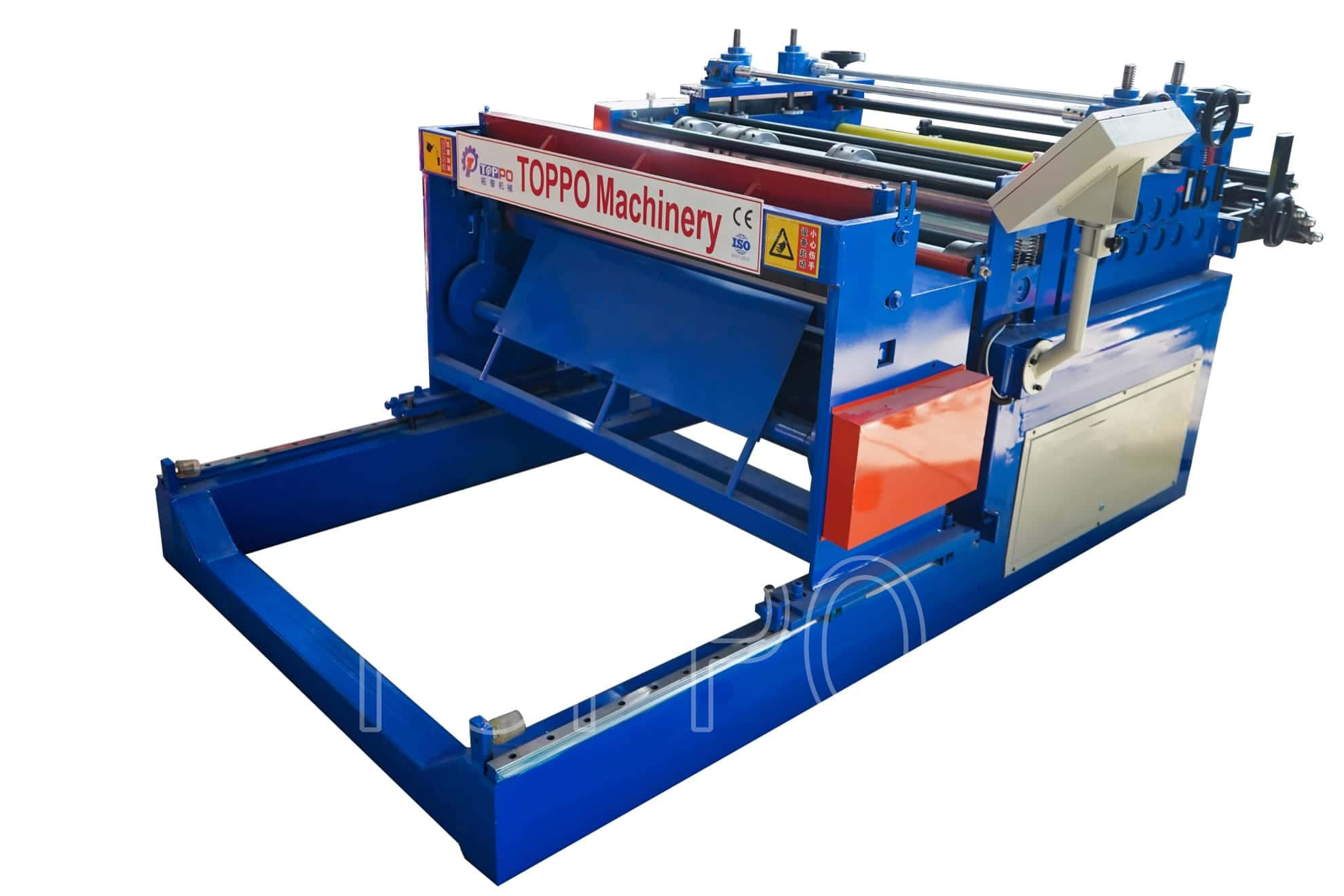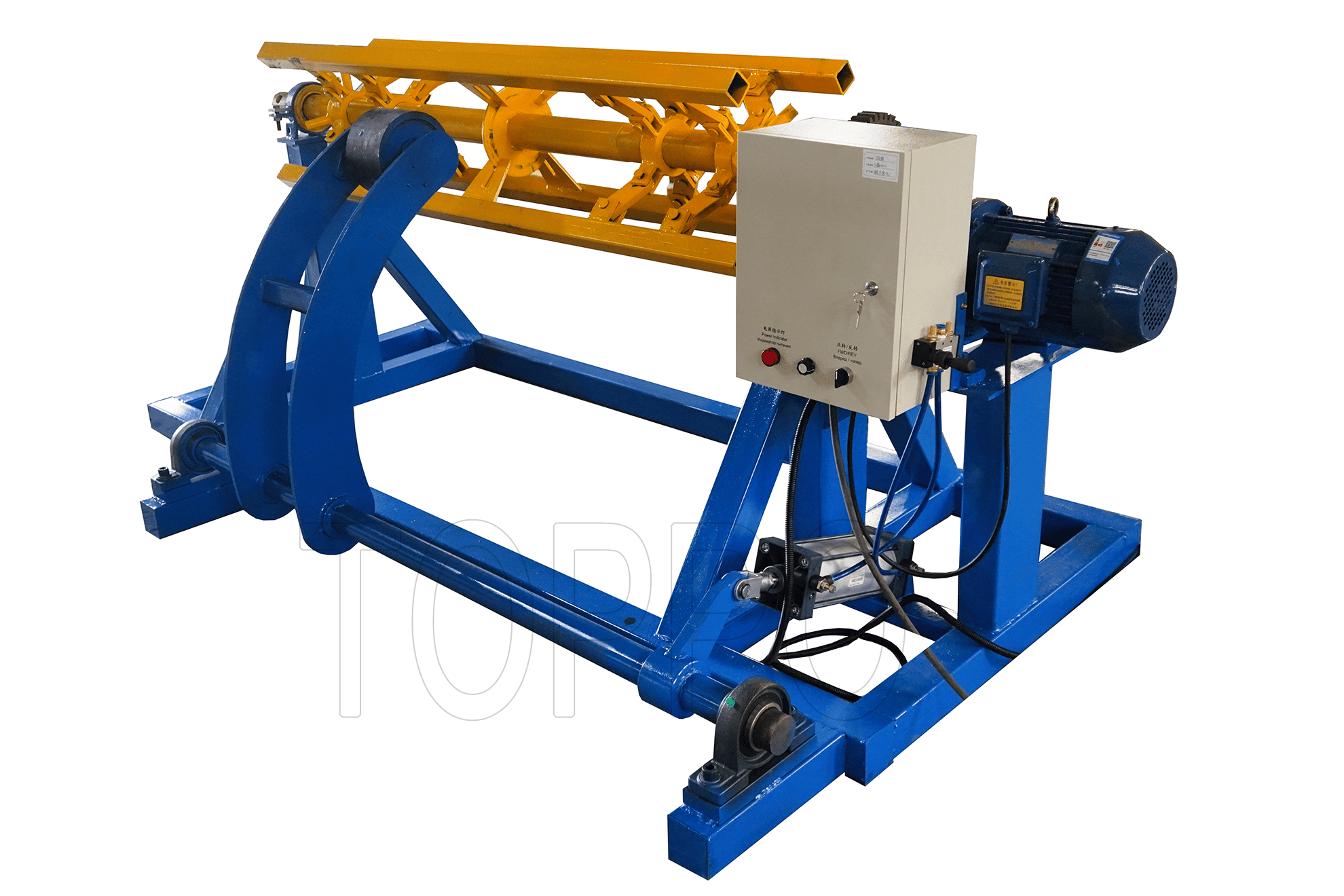- Trapezoidal Machine
- Corrugated Machine
- Glazed Tile Machine
- Double Layer Machine
- CZU Purlin Machine
- Ridge Cap Machine
- Floor Decking Machine
- Rolling Door Machine
- Fence Machine
- Embossing Machine
- Standing Seam Machine
- Cut To Length And Slitting Line
- Guard Rail Machine
- Decoiler And Stacker
- Stud And Track Machine
- Gutter And DownPipe
- Curving Machine
- Cladding Panel Machine
- Corollary Equipment
Industry Best Practices for Roofing Sheet Thickness and Machine Setup
Correct roofing sheet thickness and machine setup are essential for producing top-quality panels with an Automatic Tr5 Tr6 metal trapezoidal roof panel roll forming machine. Dealers and manufacturers who pay close attention to these areas minimize waste and maximize efficiency. This article delivers actionable tips, industry-proven steps, and field-tested case studies for consistent, high-standard output.
1. Accurate Measurement: The Foundation of Success
Start by measuring the sheet thickness using a calibrated gauge. Discrepancies between nominal and actual thickness can go unnoticed and ruin an entire production run. Before each batch, verify thickness and record it for traceability.
2. Step-by-Step Machine Setup for Dealers
Cleanliness First: Remove all debris and clean the roof panel making machine thoroughly. Any leftover material may cause panel defects.
Roller and Blade Adjustments: Set the roller gap and blade clearance using micrometers, based on the measured thickness. Both trapezoidal roll forming machine and roof panel making machine require exact adjustments for each batch.
Feed Material Inspection: Check for flatness and straightness. Misaligned or bent material leads to off-spec panels and wasted time.
3. Key Pitfalls to Avoid
Failing to check thickness after every machine cleaning or maintenance.
Skipping documentation of setup changes.
Overlooking blade or roller wear that may cause panel marking or profile distortion.
Neglecting to test-run after each adjustment.
4. Field Experience—A Practical Case
A dealer in South America suffered from ongoing panel profile inaccuracies. Investigation revealed that roller adjustments were made based on memory rather than measurement, and cleaning was inconsistent. By enforcing a documented cleaning and setup routine, panel defects dropped by 40% in two months.
5. Expert Recommendations
Standardize thickness verification before every shift or batch.
Maintain detailed setup logs and review them with the team.
Rotate operators to cross-train and reduce human error in machine adjustment.
By using these best practices, you ensure reliable operation of your roof panel making machine and trapezoidal roll forming machine, improving both output and reputation as a quality dealer.
SEO Keywords: Automatic Tr5 Tr6 metal trapezoidal roof panel roll forming machine, roof panel making machine, trapezoidal roll forming machine, roofing sheet thickness, machine setup best practice, panel defect prevention, roller gap measurement, dealer field case, cleaning routine, maintenance checklist, machine operation, setup documentation, operator cross-training, blade clearance, steel panel production, panel profile accuracy, machine inspection, production waste reduction, batch traceability, setup adjustment, manufacturing log, best industry steps, roof panel accuracy, quality improvement, roller wear check, practical case, measurement protocol, production efficiency, South America dealer, field study, adjustment tips, machine cleaning, defect reduction, operator error, manufacturing routine, standardized process, metal panel forming, steel sheet production, expert guide
READ MORE:



